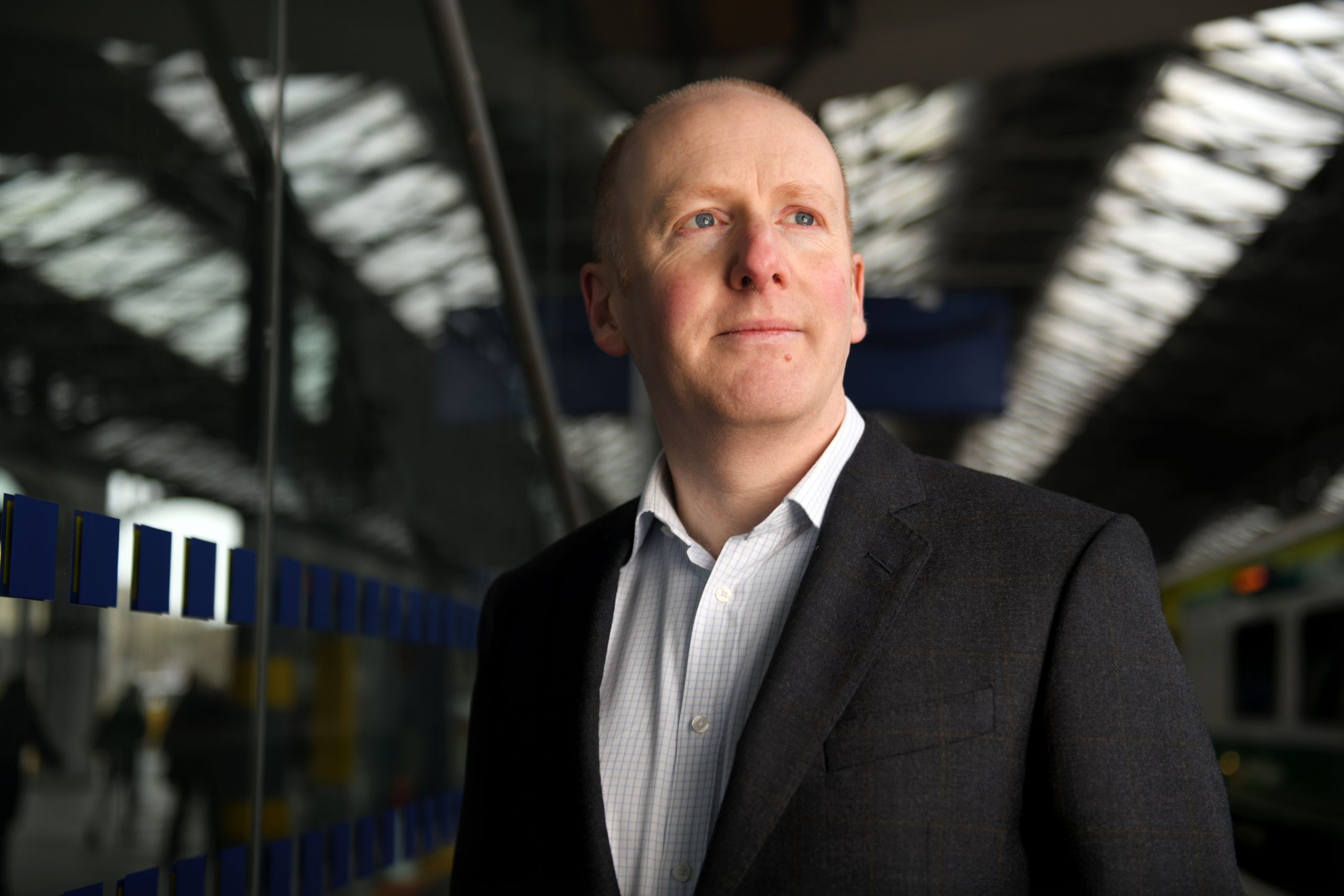Public transport is not just another government service, and CIÉ is not just another semi-state. Public transport is part of the answer to the most pressing problems in Irish life: housing costs, quality of life, physical health, and economic productivity. For a long time, Ireland was a backwater. Now Dublin has an opportunity to reach the living standards and population of world-class cities like Vienna, Lisbon, Lyon or Hamburg. But to get there, we have to get the public transport right. Public transport isn’t a “nice to have”. It’s the nervous system of a big city. Without efficient public transport,…
Cancel at any time. Are you already a member? Log in here.
Want to read the full story?
Unlock this article – and everything else on The Currency – with an annual membership and receive a free Samsonite Upscape suitcase, retailing at €235, delivered to your door.

